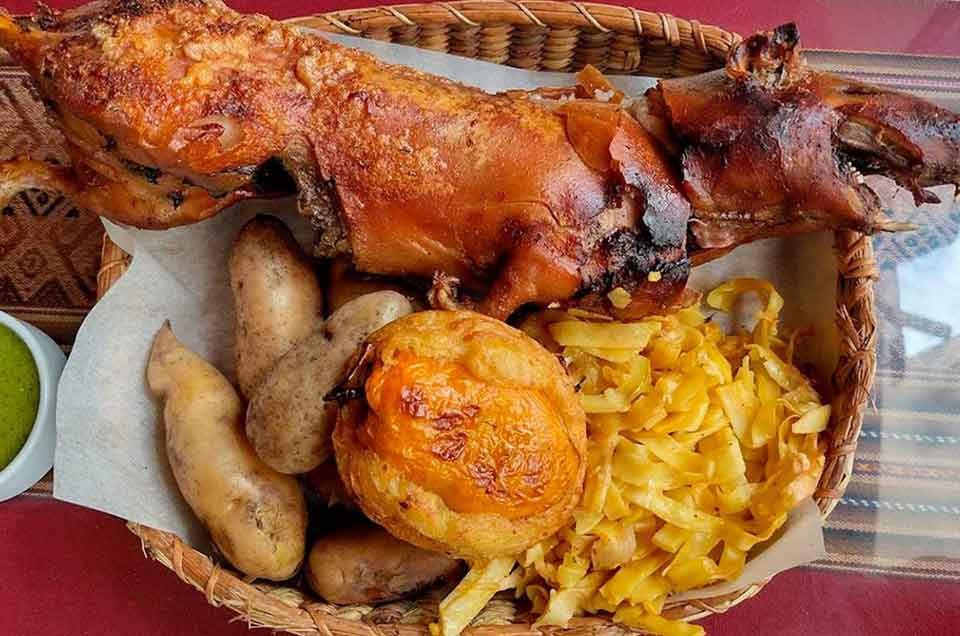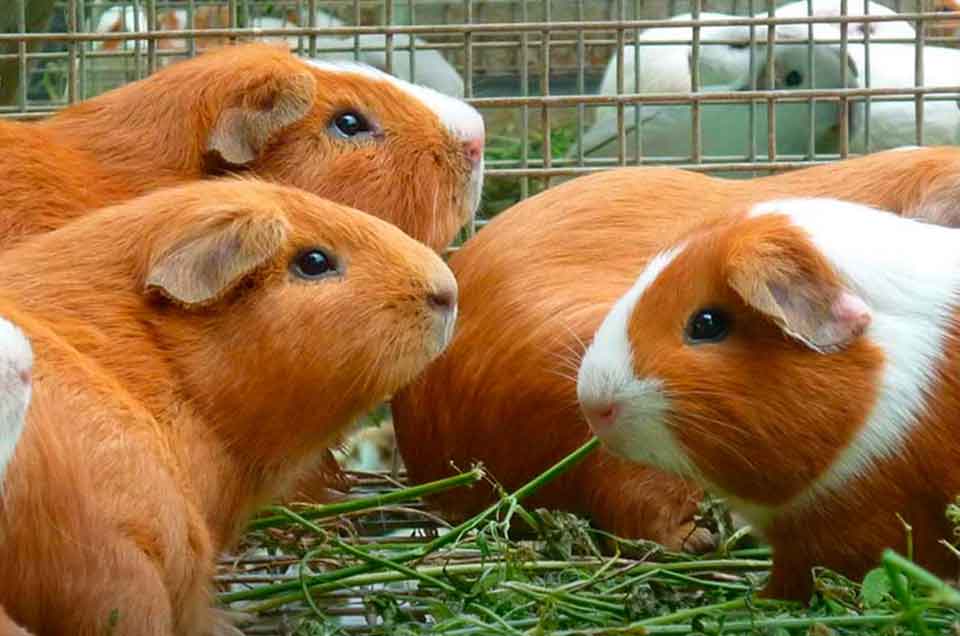Cuy in Peru
Discover the captivating world of Peruvian culture, where ancient traditions meet breathtaking landscapes. Beyond its iconic ruins and stunning vistas, Peru offers a culinary adventure that may catch you off guard—the Peruvian guinea pig, or “Cuy” as it’s known locally. This small, furry animal has deep cultural significance and is a staple in traditional Peruvian cuisine. Here are seven fascinating facts about the Peruvian guinea pig that you probably didn’t know!
History:
During the time of the Inca civilization, cuy was a prized delicacy among the nobility. It held great cultural significance, with Inca priests using guinea pigs for divination and sacrificial rituals. A notable representation of this tradition can be seen in the famous painting “The Last Supper” located in the Cathedral of Cusco, which depicts Jesus and his disciples sharing a meal that features a boiled guinea pig as the centerpiece.
Additionally, cuy is featured in a popular game known as Tómbola de Cuyes. In this game, players place bets on numbered squares within a circular area, predicting which square the guinea pigs will enter. Those who guess correctly win a prize.
Sampling this dish is often considered one of the must-do experiences in Peru. It’s also a customary practice to gift a pair of guinea pigs to newlyweds or guests, encouraging them to raise them at home for future meals, much like raising chickens. While these animals are primarily seen as a food source, it’s common for children to develop fondness for them as pets.
A Time-Honored Culinary Custom
Guinea pig has been a part of Andean diets for millennia, tracing its roots to pre-Incan civilizations. For the indigenous peoples of the Andes, cuy was an essential protein source in regions where domesticated livestock was scarce. This age-old tradition continues to thrive today, remaining an integral and beloved element of Peru’s culinary heritage.
A Sign of Abundance
Cuy from Peru, the guinea pig is not only a cherished dish but also a powerful emblem of prosperity and luck. It is commonly featured at celebrations and festivals, where families prepare roasted or fried cuy to represent abundance and the hope for favorable fortune in the future.

Nutritional Benefits
Guinea pig meat is a protein-packed, low-fat choice that offers a range of health benefits. It is abundant in vital nutrients such as vitamin B12, iron, and zinc. In areas where cuy is a common food source, it plays a significant role in enhancing the overall nutritional health of the community.
Culinary Variety
Peru boasts a rich and varied culinary scene, where guinea pigs peru food is prepared in numerous styles depending on the region. Traditional dishes like roasted cuy accompanied by potatoes coexist with creative interpretations that blend contemporary cooking methods. Peruvian chefs are always exploring new ways to showcase this time-honored ingredient.
Culinary Competitions
The popularity of cuy in Peru has led to the emergence of culinary competitions focused exclusively on crafting unique and flavorful dishes featuring this ingredient. These events highlight the ingenuity and skill of local chefs, as they reinvent this traditional delicacy through innovative and exciting culinary techniques.
Sharing Tradition
In recent times, the appeal of cuy has extended beyond Peru, with Peruvian restaurants globally showcasing dishes featuring this unique ingredient. This trend offers international diners a chance to savor the rich flavors of Peruvian culture and cuisine, bringing a slice of tradition to food lovers around the world.
Cultural Awareness
Although the consumption of cuy is a longstanding tradition, there is an increasing emphasis on adopting responsible practices. Initiatives are being implemented to promote sustainability and animal welfare within these traditional practices. This reflects a growing recognition of the importance of balancing cultural heritage with ethical concerns.
In summary, the Peruvian guinea pig, known as cuy, represents more than just a tasty dish; it embodies the rich history, traditions, and values of Peru. With roots that date back to ancient times and a variety of contemporary preparations, cuy has managed to win over the hearts and palates of both locals and international diners. When you visit Peru, be sure to indulge in this distinctive culinary experience and relish the authentic flavors of its cultural heritage.

